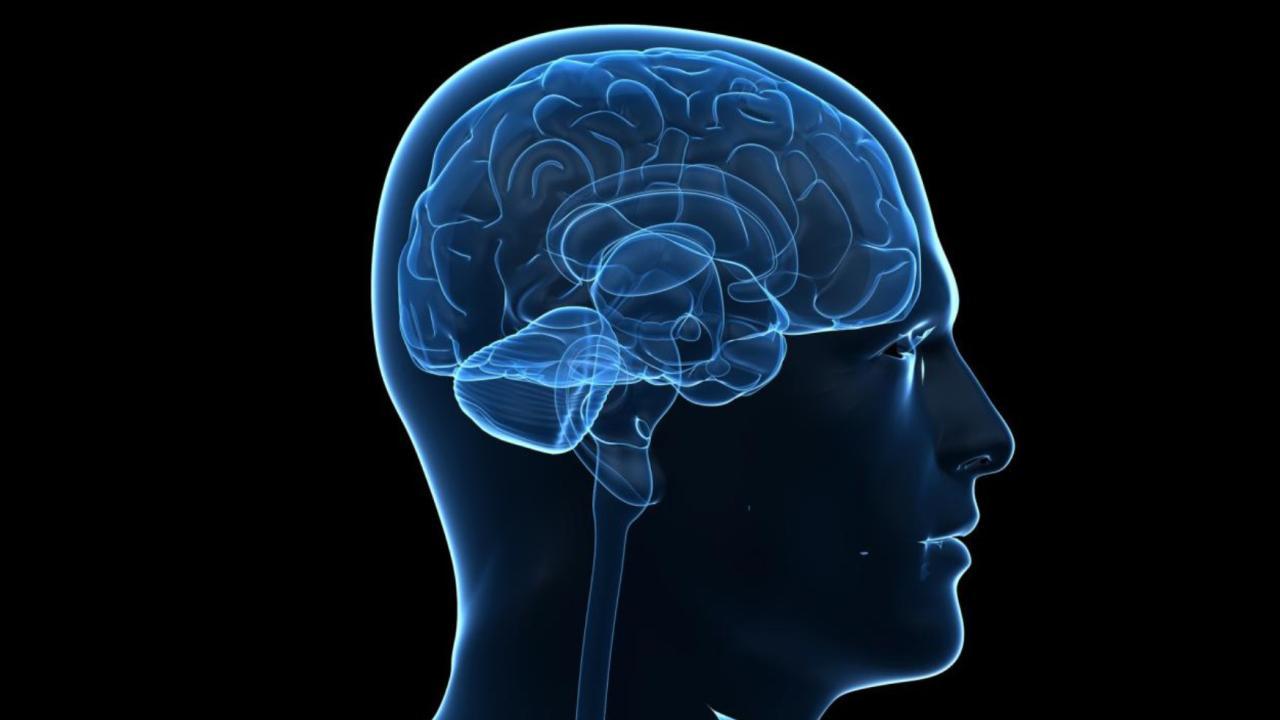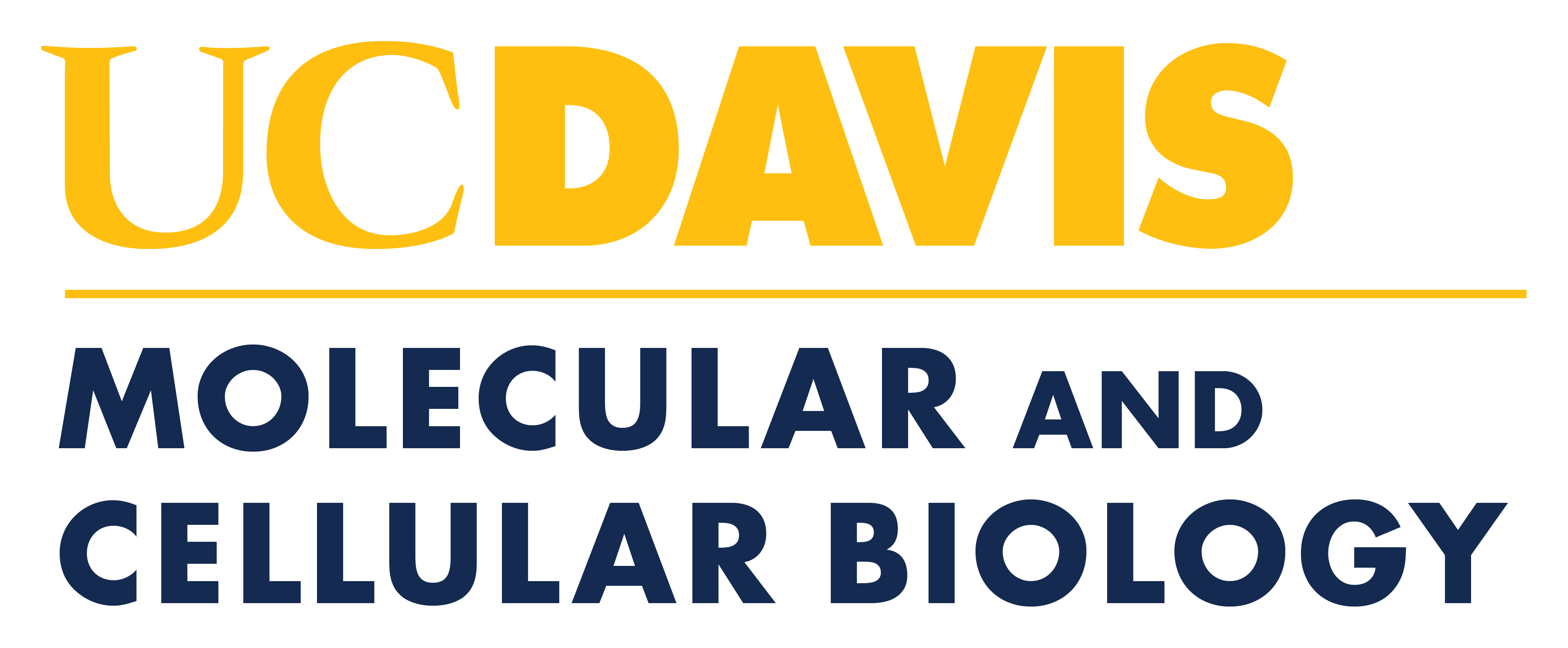
Finding Human Brain Genes in Duplicated DNA
What makes the human brain distinctive? A new study published July 21 in Cell identifies two genes linked to human brain features and provides a road map to discover many more. The research could lead to insights into the functioning and evolution of the human brain, as well as the roots of language disorders and autism.
The newly characterized genes are found among the “dark matter” of the human genome: regions of DNA that contain a lot of duplicated or repeat sequences, making them difficult to study until recently. If assembling a DNA sequence is like putting together a book from torn-up pages, reconstructing it from repeat sequences would be like trying to match pages using only words like “and” and “the.” There are many opportunities for mismatches and overlap.
